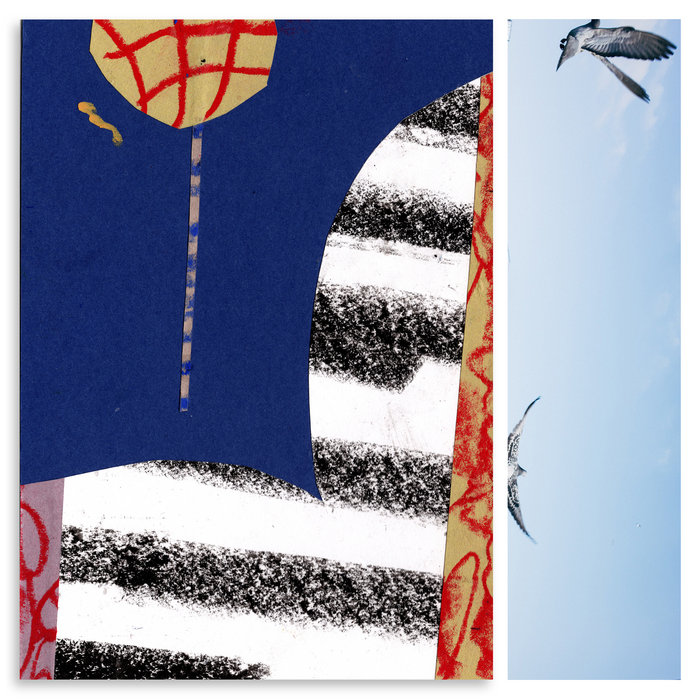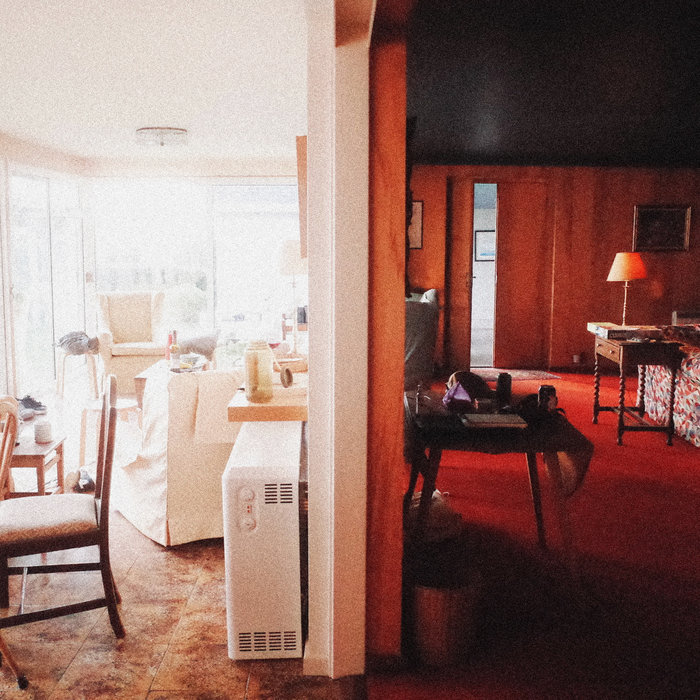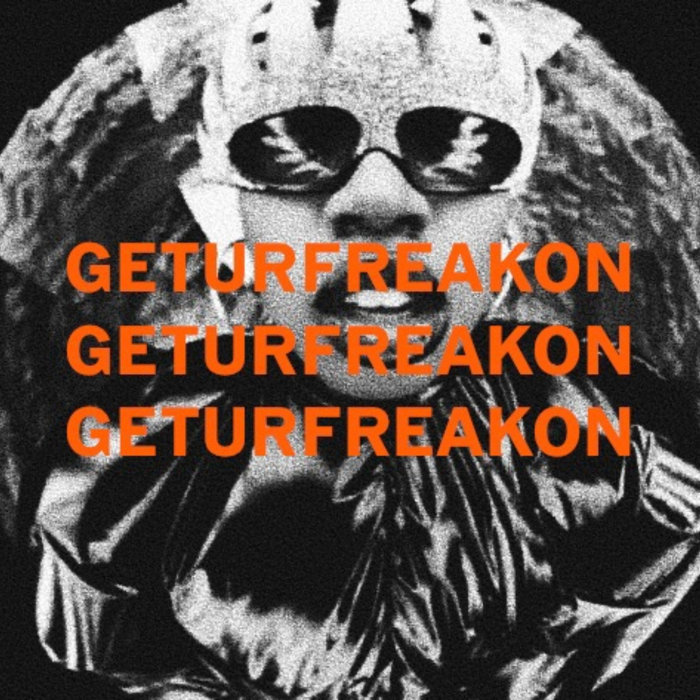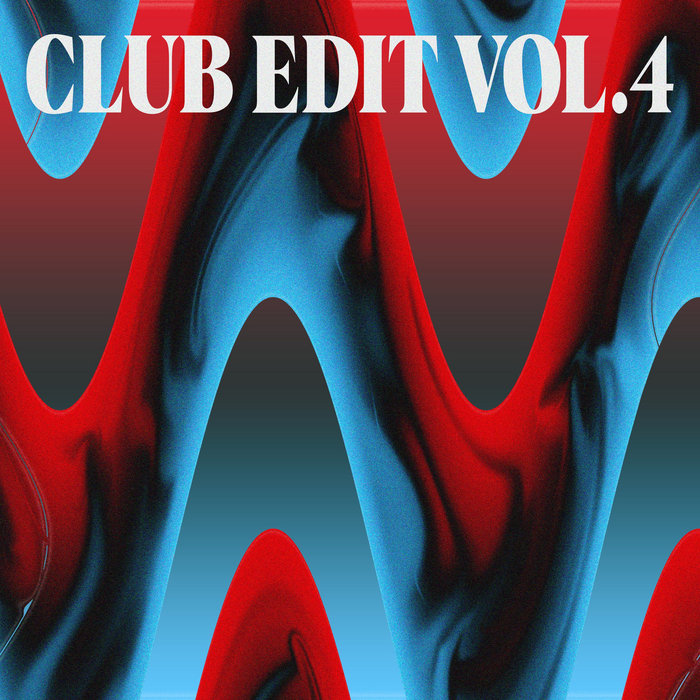
Sway feat. Eliza Legzdina – Schlachthofbronx
this blog is GROOVY – check out great Soul, Funk, Jazz, Hip Hop, Bass, Breaks , Reggae, House n many more TUNES
Hey there, music lovers! Buckle up and get ready to dive into the pulsating world of club music. This vibrant genre has transformed how we dance, celebrate, and connect with each other on the dancefloor. So grab your favorite drink, put on those funky shoes, and let’s groove through the history of club music!
The roots of club music can be traced back to the disco scene of the 1970s in New York City. Disco was all about rhythm and having a good time! Clubs like Studio 54 became legendary playgrounds for folks wanting to lose themselves to infectious beats under glittering lights.
Fast forward to the early ‘80s when DJ Kool Herc dropped his first mixtape—he didn’t just play songs; he created an experience. By looping breaks from funk and soul records, Kool Herc laid down the foundation for what would eventually evolve into electronic dance music (EDM). People started shakin’ it in underground parties, raves, and clubs across America.
In Chicago during the same era, house music emerged as DJs began experimenting with synthesizers and drum machines. Frankie Knuckles (the “Godfather of House”) took things up a notch by mixing disco tracks with electronic elements at his legendary Warehouse club.
Funny fact? Frankie once claimed that if you take “the beats out” from any song he plays in a nightclub setting—even your grandma’s favorite tune—it turns into something you could bust a move to! Just imagine Grandma doing her thing on the dancefloor; hilarious visual right?
Meanwhile, over in Detroit around this time—a city known for its automotive industry—three dudes named Juan Atkins, Derrick May, and Kevin Saunderson were busy cooking up techno sounds that would soon blow minds worldwide. They leaned heavily on futuristic themes coupled with mechanical grooves—a sound peppered with influences from Kraftwerk to funk legends like George Clinton.
A wild tidbit? Derrick May famously said that he wanted techno not just as a genre but as “a way of life.” Well then… who knew dancing in a dimly lit club could be part-time philosophy?!
As we cruised into the ’90s—hello rave culture! Massive warehouse parties sprang up across Europe featuring glowsticks galore while DJ sets lasted until sunrise.
This was also when genres began splintering off: trance soared high with euphoric melodies; drum & bass threw some serious beats down; while happy hardcore made dancers bounce higher than ever before!
And speaking of bouncing… did you know there was an artist named Scooter who claimed they never misspell their lyrics? Yep—the funnymen behind hits like “How Much is The Fish” are notorious for using bizarre English phrases—and making them stick!
By millennium’s dawn came globalization: artists blended different styles resulting in mashups that rocked our socks off! And yes—butt-shaking still remained essential!
From Avicii’s heart-pumping anthems (“Wake Me Up”) leading us onto summer festival fields to Calvin Harris ruling radio waves—club tracks became ubiquitous.
Crazy side note? Calvin used his real name Adam Richard Wiles until he realized that sounded too boring next to names like Deadmau5 or Skrillex… talk about pressure turning talent into branding genius!
Around this time (late 2000s), massive festivals such as Tomorrowland exploded onto scenes drawing millions who seek encounters filled with neon lights dancing alongside thousands sharing love through rhythms regardless backgrounds—it didn’t matter where you’re from or how you dressed either… freedom looked pretty much exactly alike everywhere!
But here’s one more giggle-inducing moment; Steve Aoki throws cakes at fans throughout performances because hey – why not add dessert excitement during epic drop moments?! No-one leaves empty-handed after all…
Today’s scene is hotter than ever—with subgenres popping left and right faster than DJs can set their playlists! We’ve got deep house resurfacing smooth vibes while future bass creates tangy flavors resonating within emotional contexts—you feel me?
Let’s not forget collaborations bending boundaries faster than light speed between pop icons crossing paths unexpectedly (thank you Diplo!) Sometimes yielding unexpected gems…but occasionally leaving us scratching our heads wondering:
“Wait—is Justin Bieber really singing over tropical house beat?”
To sum it all up—whether it originated from disco fevered nights or detroit warehouses pulsing techno dreams—the energy found within clubs mirrors humanity’s innate desire for connection amidst throbbing sonic bliss keeping spirits alive every single weekend revelry after glorious revelry will always remain worth celebrating together surrounded by shared laughter pound-for-pound rhythm rejoicing underneath glitter bombs exploding overhead—
So remember next time you hit your local joint feeling groovy – keep rocking those moves because no matter where we come from—we’re all here vibin’ under one global groove umbrella…and everyone deserves their funky fist-pump moment equally—even granny rocking out somewhere inspires us too 😉✨

Sway feat. Eliza Legzdina – Schlachthofbronx

Can U Lose? – Lean Low

Dismissed – Lean Low

GETURFREAKON (FUZZ & ALE ROSSI REMIX) – Fuzz

Rosalía – Candy (Pura Pura DS2 Edit) – Pura Pura